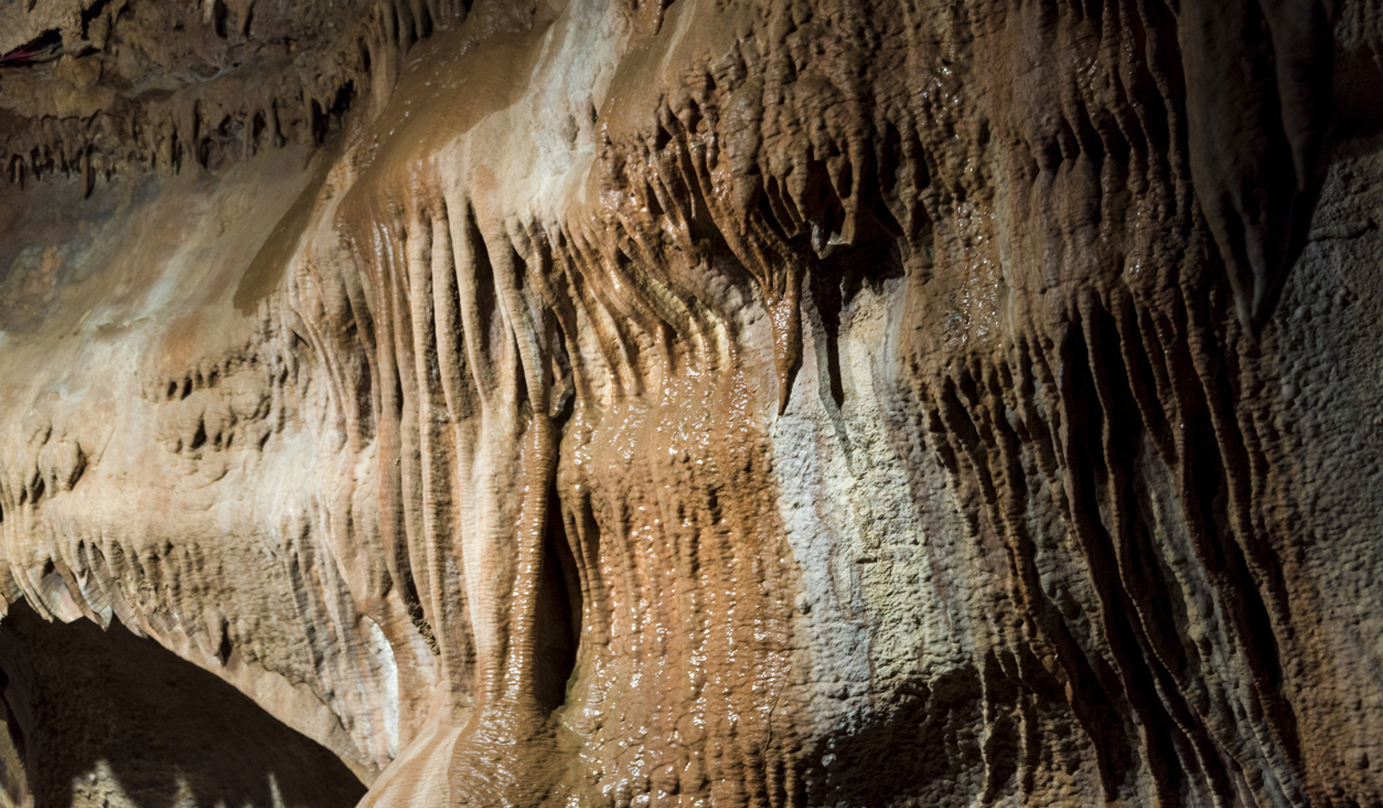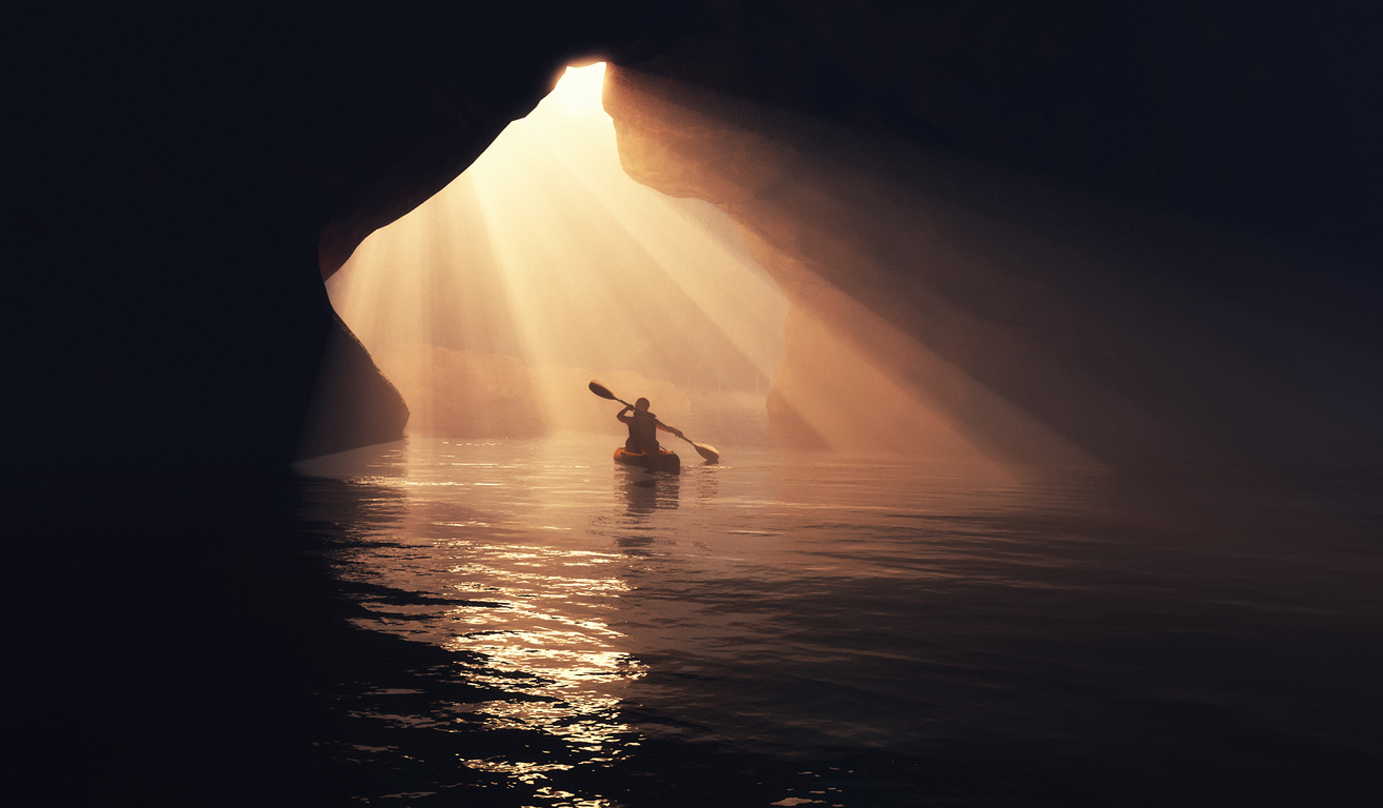
The natural world is full of mysteries. Compared to the size and scale of our entire planet, our homes and natural landscapes seem pretty puny. The surface of the Earth, where we live, is but a small part of this planet. Hidden under, over, around and inside our surroundings are breathtaking natural gems. We just need to take the time to discover them! And some of the most well-kept secrets of our Earth can be found in deep, and seemingly bottomless mysterious caves.

Although caves can vary in size, it is typically a large empty space, ig enough for people to enter. Caves can be formed through a number of natural processes, such as weathering and erosion. It could take millions of years for caves to be formed. Karst caves are one of the most common kinds of caves. They are formed when soluble rock such as limestone is dissolved by water. Over time, these gaps and cracks created form caves.

Many caves contain stalactites and stalagmites. A stalactite is a kind of formation that hangs from the ceilings of caves and other structures. Its name comes from the Greek word 'stalasso', meaning 'that which drips'.

Have you ever seen water droplets condense on the ceiling? It often takes a long time for these droplets to fall. Stalactites are formed from soluble substances that drip slowly like this. Because the droplets take so long to move, they deposit a layer of material each time. With each drop, the layers build, until a stalactite is formed. Stalactites come down from the ceiling. Another type of similar formation, stalagmites, rise up from the ground. Stalagmites are created in a similar way, from slow and gradual deposits of dissolved material.

The Great Stalacpipe Organ is located in Virginia, USA. This unusual musical instrument takes natural geological formations and transforms them into beautiful music. It does this by using stalactites. The Great Stalacpipe Organ has strikers that will hit the different sized stalactites to create different musical notes. The result fills the cave with a beautiful melody.

Not all caves are made from rocks. Glacier caves form from within the glacier itself. These caves are made when running water or seasonal meltwater cuts fissures through the ice. Glacier caves can be dangerous since they are made out of ice and are thus less stable.

Interesting single-celled organisms, snottites, live in Mexico’s Cueva de Villa Luz. Can you guess how it got its name? Snottites are slimy stalactites. They are shaped like worms and are usually found on the cave walls. The snottites contain bacteria that react with chemicals that go into the cave from the subterranean springs.

Why do people explore caves? Why do explorers want to rappel hundreds of feet into a cave? Some people find it to be a relaxing and tranquil hobby. It can be very quiet in the caves, and it allows spelunkers to get away from the hustle and bustle of busy cities. It's also a great outdoor activity for many people, allowing them to exercise and challenge their physical bodies.

There are also geological sights that cannot be seen outside of caves. For others, it may be the idea of possibilities. Maybe a new cave entrance would be discovered or a new natural phenomenon might be just around the corner. There are so many unique caves to explore. There isn't a facsimile of any particular cave; all caves are distinct.

Cave exploration isn't just for recreation. Speleologists spend a lot of time studying speleology and exploring caves. They are scientists that study caves, such as their structure, physical properties, and biota. Speleologists may also be involved in cave cartography. These cave maps are important, because they allow others to locate specifics in the cave. Such as where certain minerals, insects, and animals are located. The maps also help with protecting the caves by assessing whether nearby projects such as a new highway would impact the cave itself.

If you're interested in exploring caves, make sure you learn from a professional first. It is important to be knowledgeable about the surrounding areas and caves that you will be visiting before going for your first exploration.